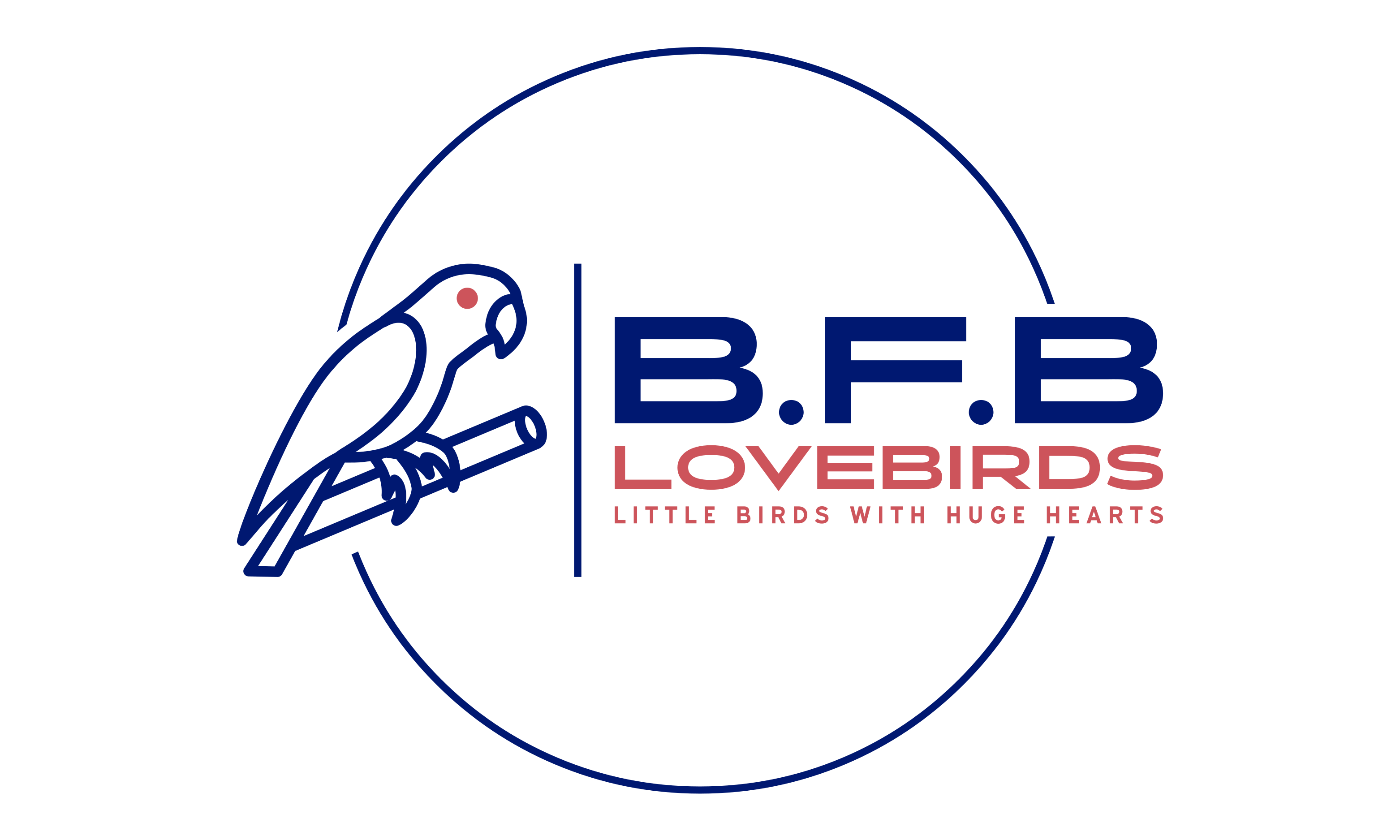Welcoming lovebirds into your home is a delightful and rewarding experience. These vibrant, affectionate, and intelligent birds make wonderful companions. To ensure your new feathered friends thrive, it’s crucial to provide them with the right environment and equipment. This blog post will guide you through setting up the perfect home for your lovebirds, focusing on the essential cage and other equipment you’ll need.
### Choosing the Right Cage
The cage is perhaps the most critical piece of equipment for your lovebirds. It’s not just their home; it’s their safe space, where they’ll spend a significant amount of their time. Here are some key factors to consider when selecting a cage:
– **Size:** Lovebirds are active and playful, so they need plenty of space to move around, flap their wings, and play with toys. A cage for a pair should be at least 24 inches long, 18 inches wide, and 24 inches high. Larger is always better.
– **Bar Spacing:** The space between the bars should be no more than 1/2 inch to prevent escape or injury.
– **Material:** Stainless steel or coated metal cages are durable and easy to clean. Avoid galvanized metal due to the risk of zinc poisoning.
– **Design:** Look for cages with horizontal bars on at least two sides to encourage climbing. Removable trays and easy-access doors for feeding are also helpful features.
### Essential Equipment
Once you have the perfect cage, it’s time to outfit it with the necessary equipment to keep your lovebirds happy, healthy, and engaged:
– **Perches:** Provide a variety of perch sizes and materials (natural wood, rope, etc.) to support foot health and encourage activity.
– **Food and Water Dishes:** Invest in sturdy, easy-to-clean dishes. Consider securing them to the side of the cage to prevent tipping.
– **Toys:** Lovebirds are intelligent and need mental stimulation. Offer a mix of toys, including foraging toys, chew toys, bells, and mirrors. Rotate the toys regularly to keep things interesting.
– **Nesting Box:** If you have a pair and are considering breeding, a nesting box is essential. Even if not, they might enjoy a cozy spot to relax.
– **Cover:** A cage cover helps signal bedtime and can provide a sense of security.
### Additional Tips for Welcoming Lovebirds Home
– **Location:** Place the cage in a lively part of your home where they can interact with the family but avoid direct sunlight and drafts.
– **Safety:** Ensure the environment around the cage is safe. Remove toxic plants, and secure windows and doors.
– **Diet:** Provide a balanced diet consisting of a high-quality pellet mix, fresh fruits, and vegetables. Avoid avocado and chocolate, as these are toxic to birds.
– **Veterinary Care:** Schedule a check-up with an avian vet shortly after bringing your lovebirds home to ensure they’re healthy and to get advice tailored to their needs.
Welcoming lovebirds into your home requires preparation and commitment, but the joy and companionship they bring are immeasurable. By providing the right cage, outfitting it with essential equipment, and ensuring a safe and stimulating environment, you’ll set the stage for a happy and healthy life with your new feathered friends.

